
France Plans to Curb Power Prices to Boost Green Investment
France will introduce a law to curb power prices by the end of the year to encourage the
2023-09-26 02:15

AI, Robots and Satellite Sensors Are Helping in the Fight Against Wildfires
This year has been a challenging one for Phil Schneider, who hasn’t seen wildfire behavior like this in
2023-09-26 01:23

How to Unlock Skeletor Operator in Warzone 2
To unlock the Skeletor Operator in Warzone 2, players must purchase the Skeletor Bundle from the store during The Haunting for 2,400 COD points.
2023-09-26 01:22
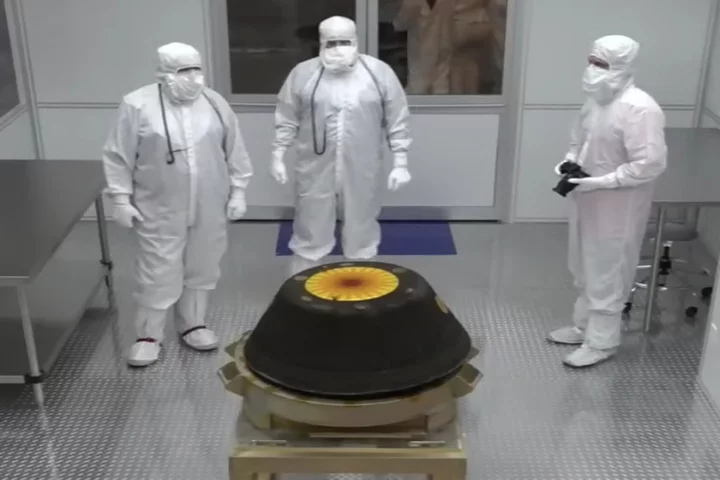
Nasa has gathered a large piece of a distant asteroid. What now?
Scientists have gathered a significant chunk of a distant asteroid, which has made its way to Earth after a mission taking millions of miles. But the really useful work will begin now. Nasa’s Osiris-Rex mission flew to the distant Asteroid Bennu, scooped up a piece of the object into a canister, and then flew back to Earth to drop it off. On Sunday, Nasa picked up that canister in the Utah desert and is now working to secure it. It will then send those samples to a variety of scientists around the world, with a chunk of it being sent to more than 200 people at 38 different institutions across the world. They hope that they can use them as a “time capsule” to peer into the early universe, telling us about where we came from. “This box when it is opened of material from the surface of Bennu can tell us untold secrets of the origins of the universe, the origins of our planet and the origins of life itself,” said Queen musician Brian May, who helped with the research by mapping out the asteroid to find a landing spot. “What an incredibly exciting day.” Sample return missions are particularly exciting to scientists because they offer a look at a pristine piece of a distant world that has been undisturbed by the environment on Earth. While some pieces of asteroids and other objects can fall down to Earth, they have to make their way through the atmosphere and can be damaged and changed in the process. They also mean that researchers are able to use all of the Earth’s latest technology to study the sample. Other pieces of distant worlds have of course been studied by spacecraft and landers, but they are only able to do so with the limited instruments they take to those planets. Another advantage of sample return missions over studying the objects at their home is that scientists can look back at those samples with new sensors and equipment invented long after the sample was actually taken. Many space missions continue for years – Curiosity is still examining Mars after arriving there in 2012, and the Voyager probes are still providing information almost 50 years after they were launched – but they are only able to do so with the technology that was available when they set off. The analysis done in sample return missions really begins when the spacecraft arrives at its target: then, it starts looking at the context of the sample, gathering information about the world from which it came that should prove useful to scientists later. Osiris-Rex arrived at Bennu in 2018, and spent two years mapping the asteroid before it set off back home with its delivery. All of that information in addition to the samples could help answer a variety of questions about our planet, scientists hope. “The asteroids in our solar system contain the raw building blocks from which the Earth was made, so working out their composition will tell us a lot of how our planet formed,” said Boris Gansicke from the department of physics at the University of Warwick. “There are many open questions, for instance, where did the water that we have on Earth come from? And where did the ingredients that made life possible to develop come from? “To answer those questions, ie measure the composition of an asteroid, you need to get your ‘hands’ on them (or in this case the arm of a space mission), and this is what Osiris-Rex achieved. “In a nutshell, it’s similar to sitting in front of a delicious dinner and wanting to have the list of ingredients.” Sample return missions are almost as old as space travel itself, and the first of them were the early Apollo missions, which brought back pieces of the Moon. Those continue to be useful to scientists. Since then, as human travel into space has declined, most of the work has been done by robots. In the early 1970s, the Soviet Union’s Luna missions gathered pieces of the Moon and brought them back, and in 2020 Japan’s Hayabusa2 mission brought back pieces of the asteroid Ryugu. Scientists have high hopes for future missions: perhaps the most discussed is a mission to Mars, which would bring back the first ever pieces of that planet. Engineers have suggested that for decades, and a number of plans have been formed, but none are likely to launch any time soon. Read More Nasa spots shocking number of galaxies like our own Nasa lands Bennu asteroid samples back on Earth Nasa just delivered a piece of a distant asteroid to Earth Pieces of a distant asteroid are about to fall to Earth Nasa to return largest asteroid sample ever as UK helps with research Massive solar flare strikes Nasa spacecraft sent to study Sun
2023-09-26 00:45
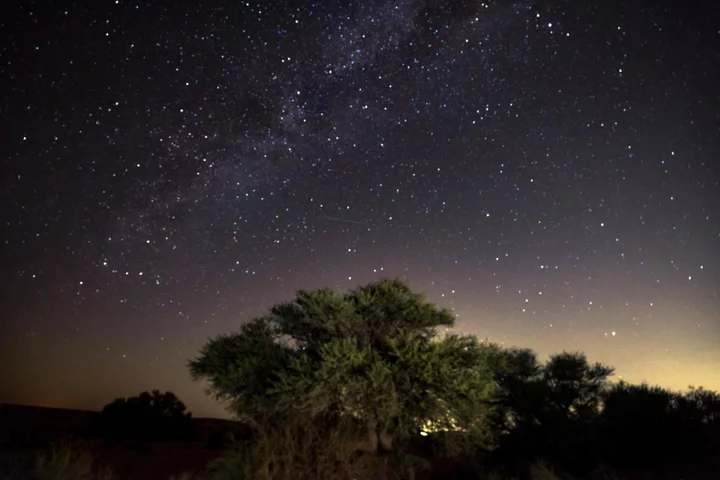
Nasa spots shocking number of galaxies like our own in early universe
Scientists have spotted a shocking number of galaxies like our own in the early universe. The finding will prompt us to entirely rethink our understanding of how the universe formed the structures that surround us. Looking deep into space, scientists found that the galaxies we see in the early universe are much more like our own Milky Way than was thought possible. A team of international researchers including those at The University of Manchester and University of Victoria in Canada, used the James Webb Space Telescope (JWST) to discover that galaxies like the Milky Way are 10 times more common than what was believed based on previous observations with the Hubble Space Telescope. Many of these galaxies formed some 10 billion years ago or longer, going far back into the history of the universe. The Milky Way is a typical disk galaxy, with a shape similar to a pancake or compact disc, rotating about its centre and often containing spiral arms. These galaxies might be the kind where life can develop given the nature of their formation history, experts suggest. Astronomers previously considered these types of galaxies too fragile to exist in the early universe when galaxy mergers were more common, destroying what was thought to be their delicate shapes. Christopher Conselice, professor of extragalactic astronomy at The University of Manchester, said: “Using the Hubble Space Telescope we thought that disc galaxies were almost non-existent until the universe was about six billion years old, these new JWST results push the time these Milky Way-like galaxies form to almost the beginning of the universe.” He added: “These JWST results show that disc galaxies like our own Milky Way, are the most common type of galaxy in the universe. “This implies that most stars exist and form within these galaxies which is changing our complete understanding of how galaxy formation occurs. “These results also suggest important questions about dark matter in the early universe which we know very little about.” “Based on our results, astronomers must rethink our understanding of the formation of the first galaxies and how galaxy evolution occurred over the past 10 billion years.” The researchers say their findings, published in the Astrophysical Journal, completely overturn the existing understanding of how scientists think the universe evolves, and the scientists say new ideas need to be considered. Lead author Leonardo Ferreira, from the University of Victoria, said: “For over 30 years it was thought that these disc galaxies were rare in the early universe due to the common violent encounters that galaxies undergo. “The fact that JWST finds so many is another sign of the power of this instrument and that the structures of galaxies form earlier in the universe, much earlier in fact, than anyone had anticipated.” The improved technology of JWST allows astronomers to see the true structure of these galaxies for the first time. A paper describing the findings, ‘The JWST Hubble Sequence: The Rest-Frame Optical Evolution of Galaxy Structure at 1.5 The Astrophysical Journal. Additional reporting by agencies Read More Nasa just delivered a piece of a distant asteroid to Earth Nasa lands Bennu asteroid samples back on Earth Pieces of a distant asteroid are about to fall to Earth Nasa just delivered a piece of a distant asteroid to Earth Nasa lands Bennu asteroid samples back on Earth Pieces of a distant asteroid are about to fall to Earth
2023-09-26 00:18

Carvana and NRG Partner to Launch Esports Challenge: The Search for the Next Rocket League Pro Begins
PHOENIX--(BUSINESS WIRE)--Sep 25, 2023--
2023-09-26 00:15
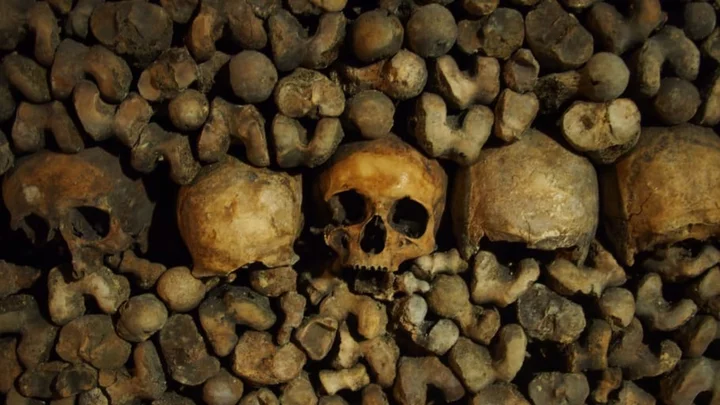
10 Haunting Dark Tourism Destinations From Around the World
From Auschwitz to the 9/11 Memorial & Museum, these dark tourism destinations are fascinating—and definitely not for the faint of heart.
2023-09-26 00:15

NBA 2K24 Update 1.3 Patch Notes: Full List of Changes
The NBA 2K24 update 1.3 patch notes are here with changes to MyCAREER mode, dunking, defense, and more, set to hit the game in October.
2023-09-25 23:55

When is the Next Fortnite World Cup?
The next Fortnite World Cup, known as the FNCS Global Championship 2023, begins on Oct. 13 in front of a live audience in Copenhagen, Denmark.
2023-09-25 23:47
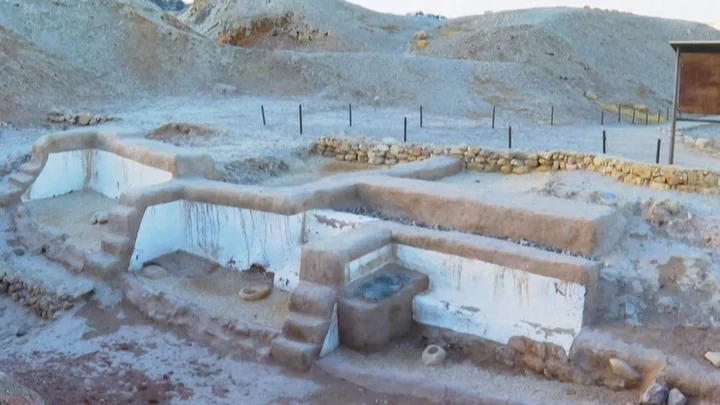
New language discovered in ancient Bronze Age ruins
Ancient clay tablets unearthed from ancient ruins in Turkey by archaeologists have revealed a language lost to the passages of time. The new language was discovered in the ancient capital of the Hittite Empire at Hattusa (known as Boğazköy-Hattusha). The well-preserved tablets are among many incredible artworks found at the site - a UNESCO World Heritage Site. Over the past four decades, researchers have dusted off nearly 30,000 unique tablets - with most written in Hittite. New research, however, shows that some of the tablet haul shows that they are written in a language previously unknown to modern man. Of course, the meaning and words of this language have not been deciphered, but it appears from early inspection to branch off from languages used within the Hittite Empire - and is being referred to as Kalašma. Interestingly though, researchers from the Istanbul Department of the German Archaeological Institute have noted that the new language is found within a recitation in a 'cultic ritual text'. While that's usually the basis of a middling horror movie, we're certain that there's nothing to worry about - it stems from an ancient Hittite practice. Professor Daniel Schwemer explains that the discovery wasn't unexpected. "The Hittites were uniquely interested in recording rituals in foreign languages," he said. These ritual texts provide insight into little-known languages, and thanks to this discovery, one more has been added to the list. Sign up for our free Indy100 weekly newsletter Have your say in our news democracy. Click the upvote icon at the top of the page to help raise this article through the indy100 rankings.
2023-09-25 23:27
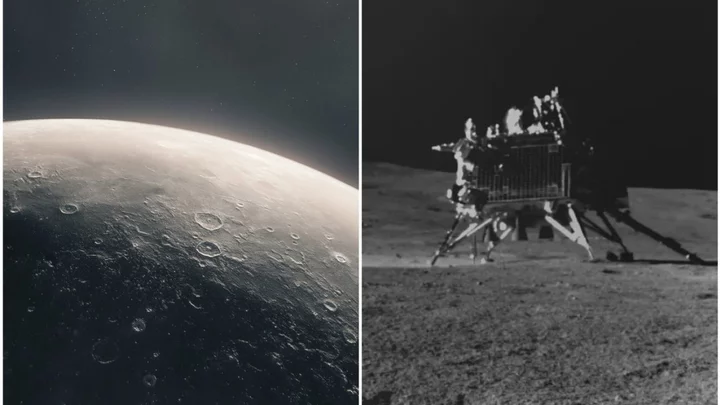
Chandrayaan-3 makes 'unexpected' discovery on the Moon
India’s Chandrayaan-3 lander only touched down on the Moon a month ago, but already it's made some major contributions to science. The spacecraft arrived on the satellite's unexplored south pole on 23 August, securing India's place as the first country to achieve this ambitious feat. Its rover, named Pragyan (or "wisdom" in Sanskrit) then embarked on an exploration of the rocky terrain, equipped with two instruments for conducting chemical experiments. And now, India's space agency, the ISRO, has published the ground-breaking data collected by the bold robot. Pragyan's findings offered a new, detailed insight into what makes up the lunar soil. And whilst scientists were unsurprised by the presence of iron, titanium, aluminium and calcium in the rocks, they were stunned to note a much higher concentration of sulphur than expected. The discovery is significant for a number of reasons. Most significantly, perhaps, because the sulphur could be used to help create a human base on the Moon. As Jeffrey Gillis-Davis, a planetary scientist, pointed out in a piece for Science Alert: "Astronauts and robots could travel from the south pole base to collect, process, store and use naturally occurring materials like sulfur on the Moon – a concept called in-situ resource utilization. "In-situ resource utilization means fewer trips back to Earth to get supplies and more time and energy spent exploring. Using sulfur as a resource, astronauts could build solar cells and batteries that use sulfur, mix up sulfur-based fertilizer and make sulfur-based concrete for construction." Gillis-Davis went on to explain that sulfur-based concrete has a number of advantages over the more common variety used in building, pointing out that it "hardens and becomes strong within hours rather than weeks, and it's more resistant to wear". "It also doesn't require water in the mixture, so astronauts could save their valuable water for drinking, crafting breathable oxygen and making rocket fuel," he added. The presence of sulphur near the Moon's south pole also suggests that highland soils at the lunar poles could have very different compositions to highland soils at the lunar equatorial regions. This would have key implications for our understanding of how the Moon works as a geological system, given that sulfur mainly comes from volcanic activity. Still, there's plenty of work to be done. And while this is all just one small step in Chandrayaan-3's mission, it could mean a great leap in how we view our dear celestial companion. Sign up for our free Indy100 weekly newsletter Have your say in our news democracy. Click the upvote icon at the top of the page to help raise this article through the indy100 rankings.
2023-09-25 23:26
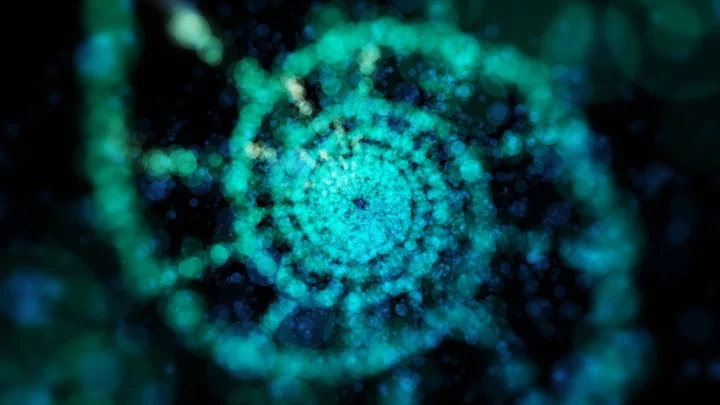
Scientists believe alien life could exist under 'impossible' conditions
Scientists have found that one of the key pillars of theory around how life works – that it depends on carbon – may not be the case on other planets. Here on Earth, life depends on organic compounds which are composed of carbon, and often involve other elements such as sulphur, oxygen, hydrogen, nitrogen and phosphorus. With organic compounds, life is partly sustained by chemical interactions called autocatalysis, which are self-sustaining. That means they produce molecules which then enable the reaction to happen again, and do not need any outside influence to keep going on. In the new study, scientists looked for autocatalysis in non-organic compounds. The theory is that if autocatalysis helps drive a process called abiogenesis – the origin process for life – then this origin process could also come from non-organic matter. Betül Kaçar, an astrobiologist, bacteriologist and evolutionary biologist at the University of Wisconsin-Madison, told news outlet Space.com: “It's important to explore these possibilities so that we have an idea of what all forms of life can look like, not just Earth life.” "One of the major reasons that origin-of-life researchers care about autocatalysis is because reproduction — a key feature of life — is an example of autocatalysis. “Life catalyses the formation of more life. One cell produces two cells, which can become four and so on. “As the number of cells multiply, the number and diversity of possible interactions multiplies accordingly.” The scientists searched in a huge trove of existing scientific documents for examples of autocatalysis, and found 270 different cycles of the reactions. Most of the 270 examples did not feature organic compounds, but rather elements which are rare in life forms such as mercury, or the radioactive metal thorium. “It was thought that these sorts of reactions are very rare,” Kaçar said in a statement. “We are showing that it's actually far from rare. You just need to look in the right place.” Now, it means scientists can test these cycles to get a better understanding of how autocatalysis can work. “The cycles presented here are an array of basic recipes that can be mixed and matched in ways that haven't been tried before on our planet,” said study author Zhen Peng, also an evolutionary biologist at the University of Wisconsin-Madison. “They might lead to the discovery of completely new examples of complex chemistry that work in conditions where carbon- or even silicon-based cycles are too either combusted or frozen out.” The scientists published their findings in the Journal of the American Chemical Society. Sign up to our free Indy100 weekly newsletter Have your say in our news democracy. Click the upvote icon at the top of the page to help raise this article through the indy100 rankings.
2023-09-25 23:21
